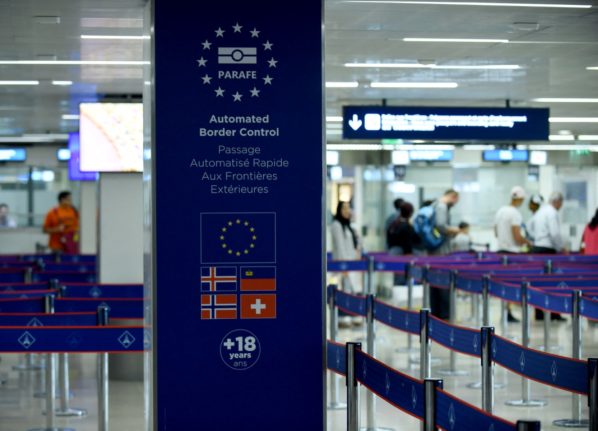If it became a reality, it would also be possible to travel onwards to London with just one change in the Belgian capital.
Sweden's government last year commissioned a report from the Transport Administration to outline how state procurement of night trains from Sweden to mainland Europe.
The report is now ready, and the agency suggests that Malmö to Brussels via Cologne would be a suitable first route, due both to favourable traffic conditions and onward connections from the Belgian capital.
That's a more extensive route than when the first report on the government assignment came in January, and a route of Malmö-Cologne was proposed.
“As we have deepened the investigation, we have seen that it is possible to extend the route to Brussels. Traffic to Brussels is more complex, based on capacity and technical aspects, than just reaching Germany, but still possible to implement,” said Anna Fällbom, Head of Unit Agreement and Financing at the Swedish Transport Administration.
But this doesn't mean the route will definitely happen.
First, Sweden would need to make agreements with the countries concerned relating to “duty of traffic”, which means that the operator agrees to provide a certain basic supply. The Transport Administration said that Germany had signaled it was not currently prepared to enter such an agreement.
“It may be possible to put in place a solution where duty of traffic is only decided in Sweden and Denmark, and the traffic is subsequently commercial. However, there are doubts about such a solution and this needs to be studied further,” said Fällbom.
The next step would then be to find operators who can provide the vehicles, and then to go through the legal process to get the route set up.
If these obstacles can be overcome, the agency said that traffic on the route could be running as early as in two to three years' time.
Sweden's Foreign Ministry has advised against all non-essential overseas travel until June 15th, 2020, due to the uncertainty and infection risk associated with the ongoing coronavirus crisis. This deadline may be extended further, and state epidemiologist Anders Tegnell has told media that people in Sweden shouldn't necessarily be able to travel abroad until next year at the earliest.
When borders do start to open up again, there's likely to be high demand for international train travel due both to the climate crisis and the damage that the coronavirus emergency has done to the aviation industry, which may mean fewer departures and higher tickets for air travel.
Currently, it is possible to travel on direct trains from Sweden to Denmark and Norway, as well as to Berlin in the summer months when the Snälltåget traffics a route to the German capital.
Swedish vocabulary
Brussels – Bryssel
obstacle – (ett) hinder
investigation – (en) utredning
to advise against – att avråda från
agreement – (en) överenskommelse



 Please whitelist us to continue reading.
Please whitelist us to continue reading.
Member comments